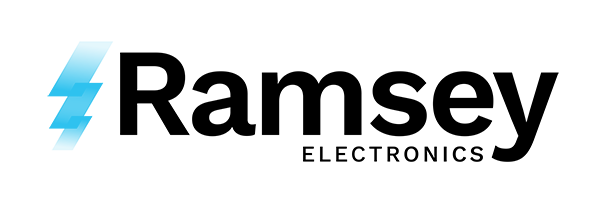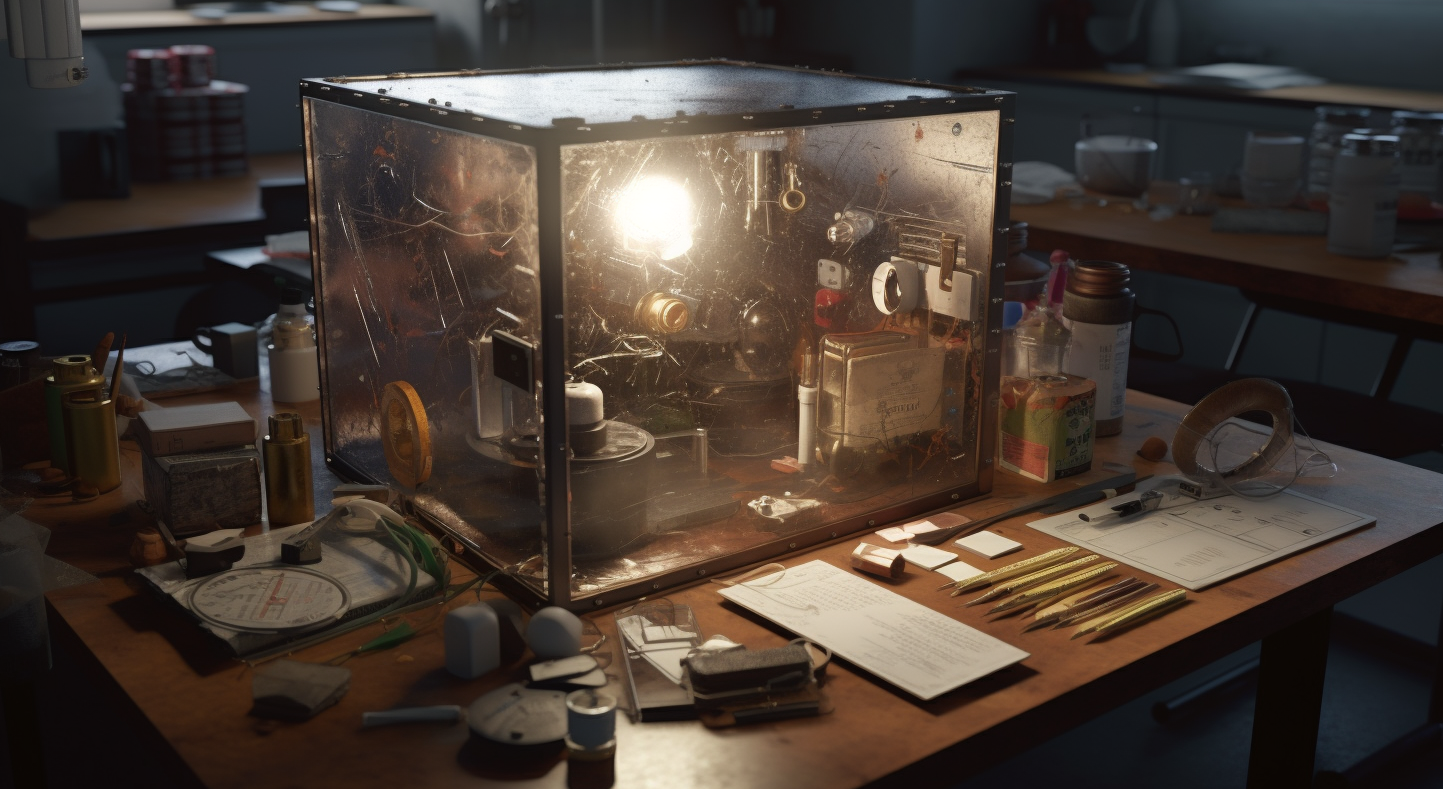Faraday boxes are powerful tools for shielding electronics—but they’re often misunderstood. From DIY “hacks” to Hollywood sci-fi, myths about Faraday cages and boxes are everywhere. Let’s separate fact from fiction so you can protect your devices the right way.
At Ramsey Electronics, we’ve worked with RF shielding for decades. Here are the top misconceptions we’ve encountered—and the truth behind each one.
Featured Snippet Answer
Common myths about Faraday boxes include: aluminum foil always works, they block all signals, they’re EMP-proof, any metal box will do, and that they’re only for military use. In reality, professional Faraday boxes offer verified, high-frequency shielding that DIY solutions can’t match.

Myth #1: “Aluminum Foil Is Just as Good as a Faraday Box”
The Myth: Wrapping your phone or device in foil gives you full protection from RF signals.
The Truth: Foil might temporarily block some signals, but it’s inconsistent. Gaps, tears, or poor wrapping reduce effectiveness. It also doesn’t block higher frequencies or offer hands-on access for testing.
✅ Lab-grade Faraday boxes from Ramsey use sealed enclosures, RF-rated materials, and filtered ports to ensure reliable, repeatable shielding.
Myth #2: “A Faraday Cage or Box Blocks All Signals”
The Myth: Once inside, nothing gets in or out—ever.
The Truth: Faraday boxes block a wide range of RF frequencies, but very low-frequency magnetic fields (like power lines) and improperly shielded cables can still transmit energy. And if the box isn’t sealed correctly, signals can leak.
That’s why construction quality and proper use matter.

Myth #3: “They’re Only Useful for EMP Protection”
The Myth: Faraday enclosures are just “doomsday” gear to block electromagnetic pulses.
The Truth: While they can reduce EMP impact, Faraday boxes are used every day in labs, telecom, aerospace, medical tech, and consumer electronics to:
- Isolate wireless devices
- Test antennas and modems
- Prevent signal leakage
- Simulate network blackouts
See how engineers rely on Faraday boxes for real-world RF testing.
Myth #4: “Any Metal Box Is a Faraday Box”
The Myth: A metal cookie tin or ammo can is all you need.
The Truth: For full shielding, you need:
- Complete enclosure with no gaps
- Conductive seals
- Shielded cable pass-throughs
- Absorptive foam or internal dampening (optional)
That’s why our Faraday Cage Box is engineered for RF integrity from the ground up—not improvised with random containers.

Myth #5: “Faraday Cages Are Only for Government or Military Use”
The Myth: If you’re not working on top-secret communications, you don’t need one.
The Truth: Faraday boxes are now common in:
- Consumer electronics labs
- Automotive R&D departments
- IoT product development
- Law enforcement and forensics
- Educational institutions
And with 5G and wireless tech everywhere, their relevance is only growing.
Why These Myths Matter
Relying on inaccurate info can result in:
- Data leaks from unshielded devices
- Inaccurate test results due to external interference
- Wasted time building ineffective DIY boxes
- Certification failures due to uncontrolled emissions
Professional shielding ensures consistent performance—and peace of mind.
Still not sure what a Faraday box actually blocks? We break it down clearly in this article.
Need a reliable Faraday box that actually works?
Explore the full specs of our shielded enclosures here.
Have questions about a specific use case or testing setup?
Contact Ramsey Electronics for expert guidance.

